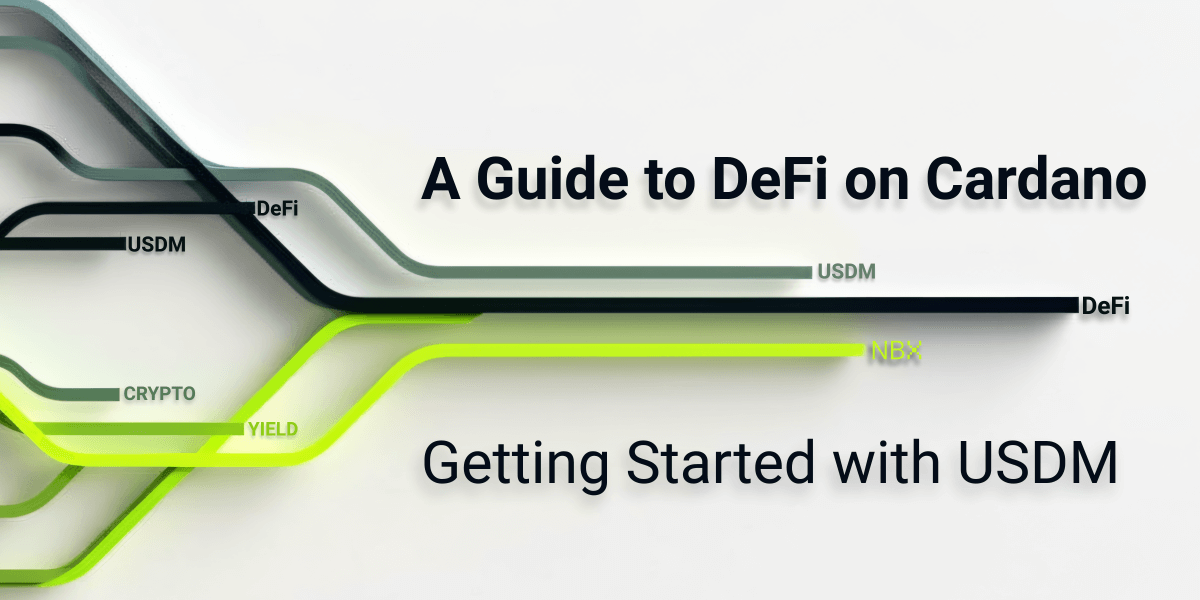A bug bounty program is a crowdsourced approach to cybersecurity that encourages individuals to report vulnerabilities in an organization's system or application. In exchange for identifying and reporting a bug, the organization offers a reward or bounty. In this article, we'll explore the basics of bug bounty programs and the process involved in running one.
What is a Bug Bounty Program?
A bug bounty program is a way for organizations to leverage the power of the community to identify vulnerabilities in their systems or applications. The program offers rewards or bounties to individuals who identify and report vulnerabilities. The program helps organizations identify and fix vulnerabilities before they can be exploited by attackers. Bug bounty programs are becoming increasingly popular, and many organizations now offer them as part of their cybersecurity strategy.
How Bug Bounty Programs Work
The process of a bug bounty program typically involves the following steps:
- Setting Up the Program: The organization defines the scope of the program, including which systems or applications are included, the types of vulnerabilities that are eligible for rewards, and the amount of the rewards.
- Launching the Program: The organization announces the bug bounty program and provides instructions for participating.
- Finding and Reporting a Bug: Participants search for vulnerabilities in the organization's systems or applications and report them to the organization following the instructions provided.
- Validating the Bug: The organization verifies the reported vulnerability to ensure that it is valid and eligible for a reward.
- Rewarding the Participant: If the vulnerability is valid, the organization rewards the participant according to the pre-defined amount.
- Fixing the Vulnerability: The organization fixes the vulnerability and deploys the patch to prevent further exploitation.
- Closing the Program: Once the program has ended, the organization may choose to launch another bug bounty program or provide a report on the vulnerabilities identified and fixed.
Benefits of Bug Bounty Programs
Bug bounty programs offer several benefits to organizations, including:
- Cost-effective: Bug bounty programs are cost-effective since organizations only pay for the vulnerabilities identified and fixed, rather than hiring a full-time cybersecurity team.
- Speed: Bug bounty programs can identify and fix vulnerabilities quickly, which is critical in today's rapidly evolving threat landscape.
- Access to Expertise: Bug bounty programs provide access to a community of experts who can identify vulnerabilities that internal cybersecurity teams may miss.
- Improved Security: Bug bounty programs help organizations identify and fix vulnerabilities before they can be exploited by attackers, thereby improving overall security posture.
Conclusion
In conclusion, bug bounty programs are a valuable addition to an organization's cybersecurity strategy. They provide a cost-effective and efficient way to identify and fix vulnerabilities before they can be exploited by attackers. If you want to improve your organization's security posture, consider launching a bug bounty program and leveraging the power of the community to identify and fix vulnerabilities.


